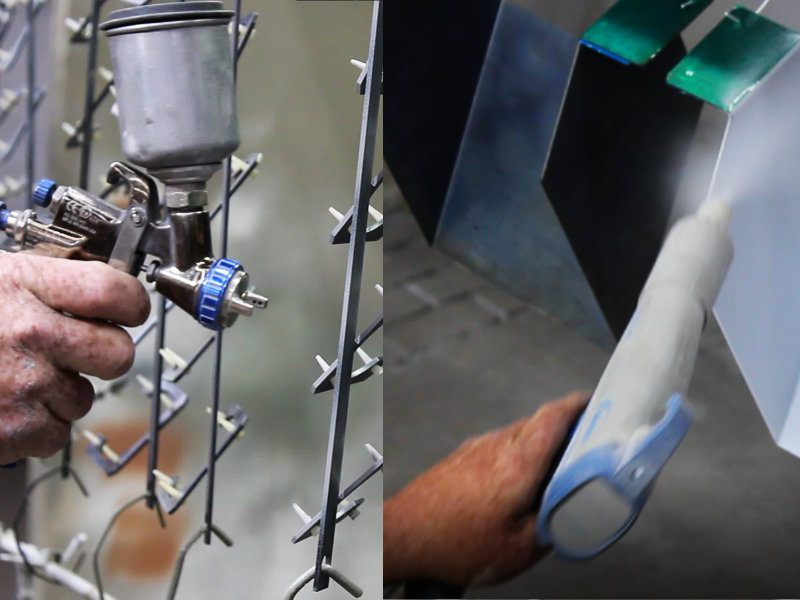Metalworking is a naturally diverse niche. To understand metalworking, familiarizing with the different classifications and numbering is critical. All metals fall under a unified standard alloy numbering system (SAE). Both the SAE and the American Iron and Steel Institute (AISI) took part to standardize a numbering system for steels.
Modern-day steel quotes are referenced to the unified numbering system (UNS). Metals are classified according to the following factors;
- Finishing method
- Physical strength
- Heat treatment
- Composition
- Form and shape
- Production method
This classification mainly occurs in steel. Besides this general classification, steel has a numbering system that all engineers and metal workers have to understand. Here is all that you need to know about Number 2 vs Number 3 metals. Read on!
What Are Number 2 Metals?
Nickel steels are classified as number 2 metals. Nickel steel contains 8% of nickel and 0.35% of carbon added to steel. While this is the standard combination, a larger composition of nickel might be used. Nickel adds strength to steel to make a durable alloy.
Uses of Nickel Steel
Nickel steel alloys are used for the following purposes;
Manufacture of gas cylinders
Nickel gives steel a high tensile ductility and formability. This makes it ideal for the production of gas cylinders. The use of slightly higher nickel contents adds pressure resistance and high-temperature strength to steel, an essential requirement in the manufacture of gas cylinders.
Used for the Manufacture of Heavy Forgings
Nickel steel alloys have excellent corrosion and wear resistance. They have a great ability to withstand massive temperatures and thus the perfect metals to manufacture forgings for severe weather and robust applications.
Manufacture of Gears and Shafts
Shafts and gears are formed in the process of hot rolling. Nickel alloys have high strengths to manufacture gears and rotating shafts. Nickel Steel is almost indestructible and offers the perfect solution for the manufacture of marine shafts and automobile gears.
What are Number 3 Metals?
Number 3 metals consist of all nickel-chromium alloys. At room temperature, chromium has a soluble rate of 30% and a 47% rate at the eutectic temperature. The majority of nickel-chromium alloys are based on this solution. They are highly resistant to oxidation and corrosion, even at high temperatures.
Properties of Nickel-Chromium Steels
The following features make nickel-chromium an ideal element;
Oxidation Resistance
The addition of less than 7% of chromium to nickel increases its sensitivity to oxidation. The addition of chromium increases the oxygen diffusion rate, a trend that reverses above 7% up to 30%. The formation of an extremely adherent scale on nickel increases oxidation resistance making the alloy applicable in various uses.
Heat and Electrical Resistance
The addition of chromium to nickel improves its electrical resistance. The addition of more than 20% chromium is ideal for the manufacture of resistance wires. The integration of chromium optimizes electrical performance alongside ductility and strength. This alloy is also highly resistant to heat and thus ideal for wire drawing.
Wear Resistance
The high hardness of nickel-chromium alloys adds a good wear resistance. These alloys are a better alternative to weld-deposited cobalt-chrome alloys. A 8-12% composition of chromium produces a highly wear-resistant alloy ideal for the manufacture of materials that undergo excess wear and tear.
The Bottom Line
The universal numbering system identifies number 2 metals as all nickel steel alloys while number 3 are alloys of steel with nickel and chromium. These alloys have differing capabilities and undergo separate industrial processes. For more help on the metal numbering system, contact us, and we’ll be willing to help!




